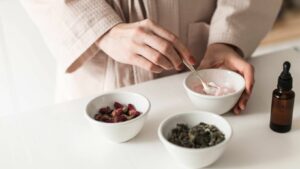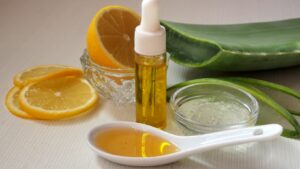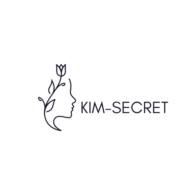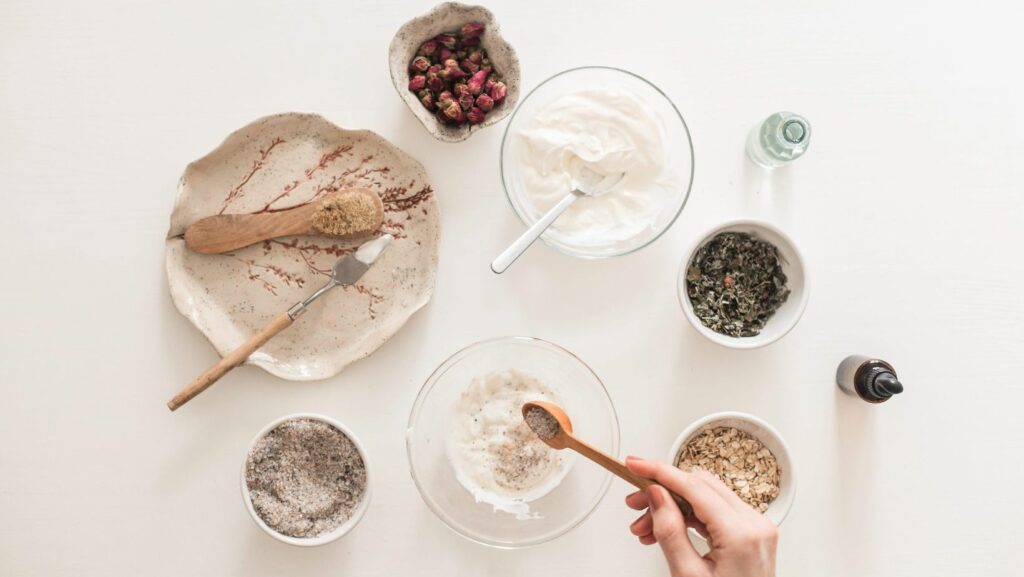In the realm of beauty, there’s a revolution brewing. It’s a movement that’s all about personalization, creativity, and embracing natural ingredients. It’s the DIY beauty trend, and it’s taking the world by storm.
From homemade face masks to natural hair treatments, this article explores the fascinating world of DIY beauty. It’s a journey that promises to be as enlightening as it is fun. So, let’s dive in and discover the power of homemade beauty products.
DIY Beauty
In today’s society, DIY beauty culture has gained significant traction. This upward trend aligns with consumers’ growing consciousness about their skincare regime and the ingredients used.

The dawn of DIY beauty culture dates back to the last decade when consumers started questioning the contents of off-the-shelf beauty products. Client awareness about skincare and hair care ingredients saw a seismic shift. They began experimenting with natural ingredients, creating their personalized beauty remedies. The feeling of using self-made products, free from damaging chemicals gave them a sense of independence and control, boosting the DIY beauty culture.
Unlocking the Benefits of DIY Beauty
Engaging in DIY beauty bestows myriad benefits. Primarily, DIY beauty offers a unique method of personalization. Consumers craft skincare solutions to precisely cater to their skin’s needs. For instance, products for oily skin might infuse the absorbing power of charcoal, while those for dry skin might take advantage of the moisturizing properties of shea butter.

Secondly, DIY beauty promotes knowledge about ingredients. As curiosity surges, individuals research components, gaining insight into each one’s functionality. They’ll comprehend, say, why tea tree oil might be an effective acne solution, or how coconut oil can contribute to hair shine.
Finally, DIY beauty inherently supports sustainability. Manufacturing homemade skincare solutions reduces dependency on commercial products, packaged in single-use plastic. Simply put, DIY beauty provides a path for consumers to actively participate in preserving the environment.
Challenges Involved in DIY Beauty
Beginning the journey into DIY beauty involves facing a set of challenges. Knowledge on ingredients poses the initial hurdle. Notably, understanding the properties and potential reactions of various natural substances, such as essential oils and plant extracts, becomes a requirement. For instance, lemon juice and baking soda, though natural, can upset the skin’s pH balance, causing irritation and dryness.

Another adjustment involves the element of time. Crafting a personalized skincare product is more time-consuming than simply grabbing a product off the store shelf. This demands patience and commitment, which can be a sizable demand in today’s busy society. For example, the process of creating a homemade face serum can take around 30-40 minutes, a time investment not everyone can afford.
Lastly, there’s a risk of inefficiency. Made-at-home products lack the sophisticated stabilization and delivery systems seen in commercial items, resulting in less effective products in some cases. For instance, not all homemade masks will penetrate the skin and deliver the desired nutrients as efficiently as professionally formulated items. Despite these issues, the growing interest in DIY beauty reflects an ongoing trend toward personalization and sustainability.
DIY Beauty vs Store-Bought Beauty Products
DIY beauty’s rise is undeniable. It’s a testament to the growing desire for personalization, creativity, and sustainability in skincare. The roots of this trend lay in the consumer’s curiosity about what goes into their beauty products. This curiosity has sparked a shift towards natural alternatives, offering unique benefits like customized skincare and reduced reliance on single-use plastics.
Yet, it’s not without its challenges. DIY beauty requires ingredient knowledge and a time commitment. Plus, it may not always match up to the efficiency of commercial products. Despite these hurdles, the thriving interest in DIY beauty underscores a significant shift in consumer preferences. It’s a shift that leans towards a more personalized, informed, and eco-friendly approach to beauty. A clear indication that DIY beauty isn’t just a passing fad, but a budding revolution in the beauty industry.

